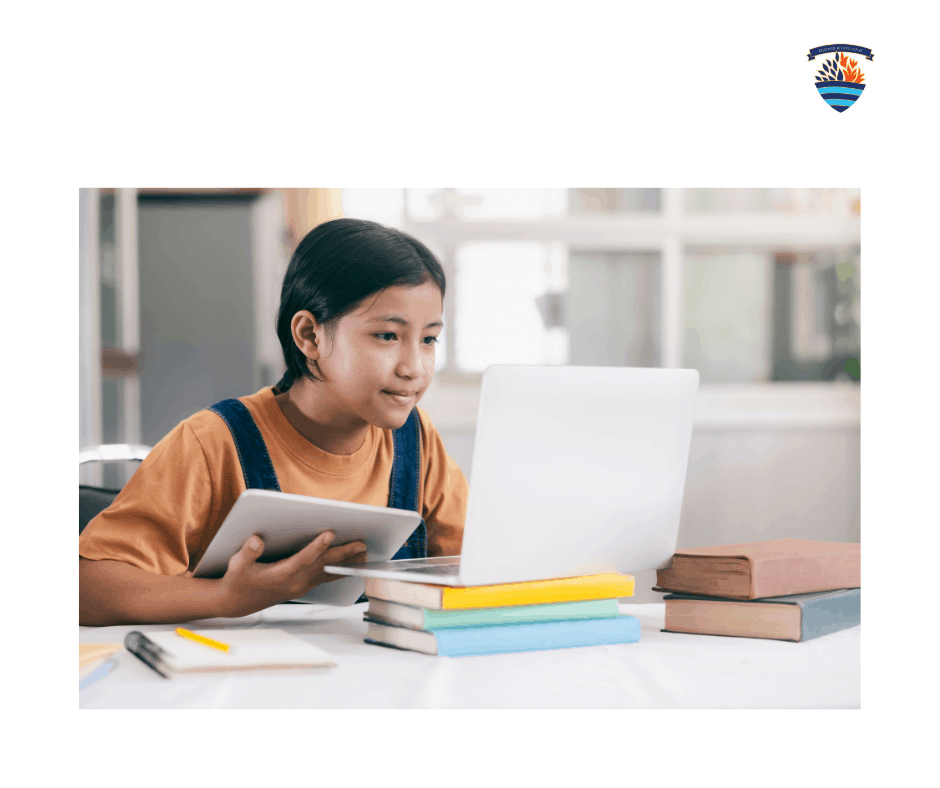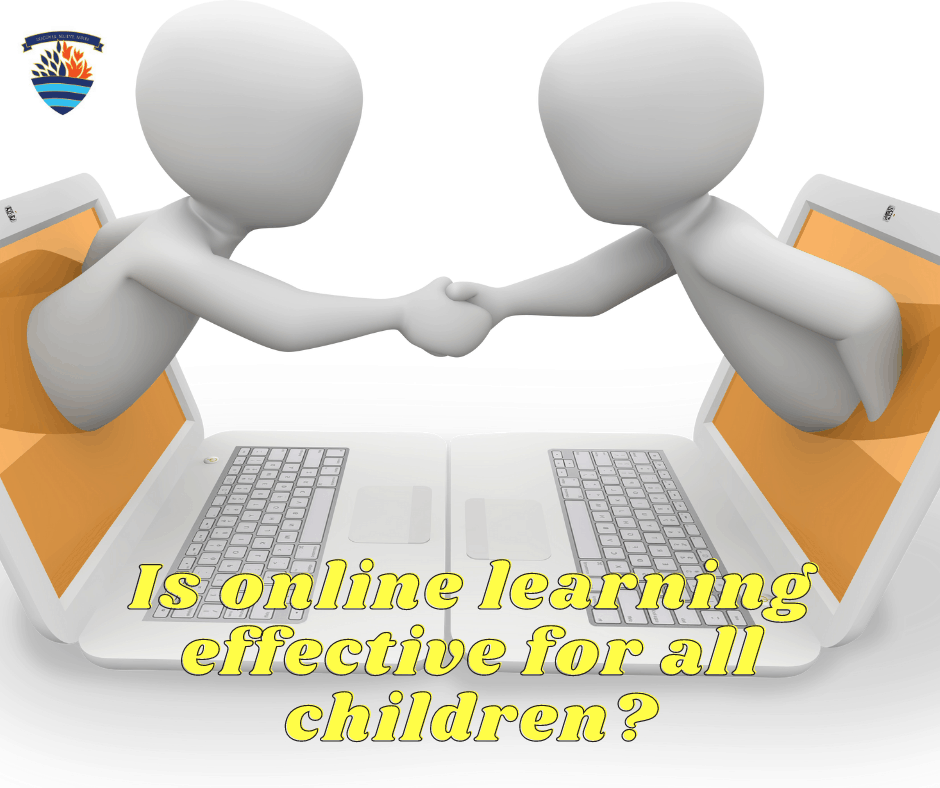
Dissecting the advantages and disadvantages of online learning
We’ve done it for 18 months now.
Wow! 18 months!
If you’re not in India and are reading this, a quick FYI. Primary schools in India have been shut since March 2020. All teaching has been online since then. 🤯
You’d think we’d be experts at it by now, but when it comes to online teaching and learning, there are always chances to improve.
When the pandemic hit in March of 2020, students and teachers alike took to this new mode of education with gusto. Being able to communicate and learn online was enjoyable and different.
In the last 18 months, we have learned a ton about what works, what doesn’t and how to keep learners engaged. Online learning is great for certain topics and situations. The medium isn’t without its drawbacks of course. Over time, we’ve seen that for some things, we probably won’t ever go back to the way we used to teach.
So, let’s get right into it. In this post, I will try to work through the advantages and disadvantages of online learning from both a teacher’s and student’s perspective.
Full disclosure: the points below are not applicable to all students and teachers. What I list below is of my experience teaching children between the ages of 4 and 10 (the age demographic at the Shishya Jigyasa Academy).
Also, this post assumes that live classes are the predominant form of online learning (which is what we do at TSJA).
You might find that for most situations, the points below are generally true.
Advantages for students
Use of the internet: Given the medium makes use of the internet, online learning is great for teaching children how to navigate the internet and to make best use of the vast amount of knowledge available for free. This is one aspect where we have seen our students improve in leaps and bounds — they know where to go for various types of information and enjoy the process of looking for, sifting through and using the information they find. Additionally, this period of online learning has also been a good opportunity to teach children how to stay safe online.
Synchronous and asynchronous content: Assuming that children also attend live classes when learning online, they get the benefit of revising topics after class using asynchronous content. This also helps give them different perspectives on the same topic. Sometimes, I record a video using Loom to explain certain topics and send it to my students — this usually happens when I feel like I want to give them some more background for a piece of work that I have set for them.
Digital creativity: If you spend considerable time online, you probably realise how important digital creativity is. The internet is literally bursting at its seams with the innovation and creativity of creators from across the world. In a world where anyone can be a creator, knowing how to use the various tools at your disposal is critical to becoming a productive internet citizen. The children at TSJA have been introduced to tools like Canva, Anchor and Youtube — all with the aim of helping them share their thoughts and experiences in a digital format.
In fact, one of the best decisions we made last year was to start a digital newsletter called The Fun Times. The children have since then contributed to this newsletter in myriad ways — making videos, podcasts, drawings, writing stories and composing poems. And they love sharing the newsletter with friends and family when it goes out.

Advantages for teachers
Tools for interactive teaching: Perhaps the biggest advantage for teachers is the ability to use tools which make teaching interactive. From quizzing platforms to websites where children read passages and then answer questions, teachers can utilise a vast array of ed-tech tools to make learning engaging, interactive and fun. We have found that such learning is something the students enjoy a lot, particularly when we give them a variety of tools to use.
Use of internet resources: Since you are not constrained with the resources available in the classroom, online teaching gives teachers the opportunity to experiment with different types of content — videos, articles, infographics and more. Plenty of research shows that when we engage more of our senses, it results in better learning and greater recall of information. Multimedia resources allow teachers to stimulate more of the senses, in comparison to just a textbook or a blackboard.
Disadvantages for students
Connectivity issues: One aspect of online learning that has plagued many students, particularly those logging in from villages or remote areas, is poor connectivity. As a result, many children miss out on parts of the class as they can’t hear or see the teacher when connectivity is bad. This greatly reduces the propensity of the learner to engage with what is happening in class. Audio is the most important aspect of online learning. As far as possible, we try to ensure that the audio works well even if the video doesn’t.
Can feel impersonal: For shy children, making a connection with the teacher in front of the entire class can be a nerve-wracking experience. Asking doubts can become an act of courage, whereas in a physical class this happens in a natural manner, especially when the teacher walks around the class. As such, online classes can make it difficult for teachers to connect with students who are reserved. This can be fixed using features such as breakout rooms, but it is not the same as what can be achieved in an actual classroom.

Not suitable for children with learning difficulties: Online learning does not translate to teaching children with learning difficulties. Children who need one-on-one support often require a teacher sitting next to them. The online medium just does not lend itself to giving the support that children with learning difficulties need. This is especially true if parents of such children are unable to sit with them during class, which in any case is a lot to ask for.
Out of sight, out of mind: For various reasons, some students keep their videos off during online classes. What children don’t understand is that seeing their faces is like an analytics dashboard for a teacher — when the teacher can’t see their facial expressions, it is close to impossible for the teacher to gauge whether the class is understanding or not. Which is why at TSJA, we insist that children keep their videos on. Non-verbal communication is such an integral aspect of communication, and having videos off shuts this pathway off for both student and teacher. I don’t have the data to back this up, but my hunch is that students who keep videos off interact less in class, are involved less in class discussions (by peers and teachers), feel less engaged and hence learn a lot lesser than their peers who keep videos on.
This tweet below talks of this dynamic 👇
Disadvantages for teachers
Lack of digital know-how: Though this hasn’t been an issue at TSJA, the experience of some other schools shows us that when teachers lack basic digital skills, the quality of online teaching is greatly diminished. I have often heard students from other schools complain that their teachers don’t know how to use technology or can’t engage students online. Facilitation of online classes is a skill which is quite different to teaching a physical classroom. Having said that though, it can be learned.
Difficult to judge how children are doing: Online, especially with younger learners, it can become tricky to ascertain whether a child has grasped a concept that has just been taught. Often, I find myself asking the class if they’ve all understood, and I get a 👍. But when I give them a problem set to solve, or a question to answer, I realise that a few children have not understood what was taught. In a physical class, it would be a lot easier to make such judgements.
Excessive parental support: An aspect of online school that is at odds with physical school is that in some instances, parents have been sitting in on their child’s classes. Except in situations where the child needs such support, it usually is detrimental to the child’s progress. When parents sit in on the classes, they are often tempted to help their children with answers and suggestions during class discussions. Over time, children get used to this support and fail to develop independence in learning. Besides, this also makes for an unnatural mode of communication between student and teacher.
On the whole, online learning and teaching open up opportunities that weren’t possible in the pre-internet age. It has opened up a world where the best teachers can teach thousands of students. At the same time, students can reach out to teachers from anywhere in the world, while simultaneously making use of awe-inspiring content on Youtube, Khan Academy and other such platforms.
Having said that though, nothing beats a lively, dynamic in-class environment. Students and teachers all over the country must be eagerly awaiting the reopening of school. Let’s hope we can all make it work whilst keeping everyone safe. 🤞
Do let us know your thoughts and how online learning has worked for your child!